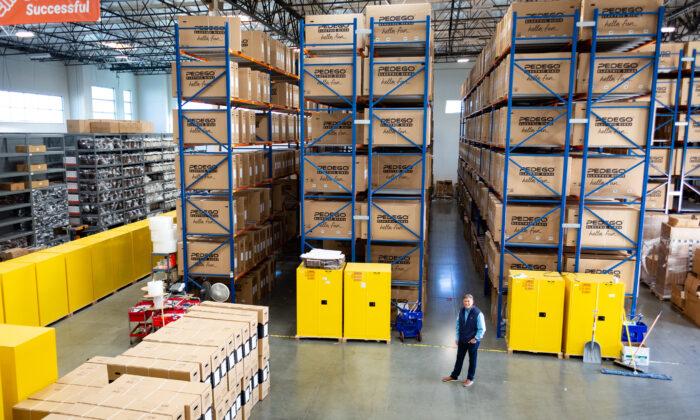A recent government report suggests that the $5.9 trillion U.S. manufacturing sector is facing some headwinds, as orders for durable goods, such as cars, computers, and appliances fell for the second straight month in October.
The decline in durable product orders stemmed entirely from fewer orders for passenger aircraft and parts, which fell by 14.5 percent. New orders excluding aircraft and cars were up by 0.6 percent in October compared with the previous month.
Requests for new orders were rising for 16 months until September 2021, after hitting a low point in April 2020. High demand from business and retail with depleted inventories, combined with higher consumer spending, had translated to increased orders for U.S. manufacturers.
The U.S. manufacturing sector is suffering from supply-chain bottlenecks, scarce labor, and material shortages, in particular in semiconductor chips for the past year. All this has led to rising manufacturing costs and has constrained attempts to fulfill product orders. The rising production costs are a prime factor fueling inflation in the U.S. economy.
While new orders are on the decrease, inventories of consumer goods, continued the monthly increase seen during the past nine months increased by $2.8 billion (a 0.6 percent increase) to $466 billion in October. This was short of the September increase of 1 percent.
Unfilled orders in October followed the same 9-month pattern, with an increase of $3.1 billion, a 0.2 percent rise. This was a substantial improvement over the previous month’s 0.7 percent increase.
Gus Faucher, chief economist at PNC Financial Services Group Inc., told the WSJ that he expected that supply chain issues would get ironed out within the next half year or so.
“Demand for manufactured goods remains solid, and business investment will be a driver of economic growth in 2022,” Faucher said, adding that supply-chain disruptions continue to affect production and sales in the auto industry, making it “the only big area of weakness.”
The chip shortage-driven auto production slump was the single biggest factor depressing U.S. economic output in the third quarter, shaving over 2 percentage points off the gross domestic production (GDP) numbers.





